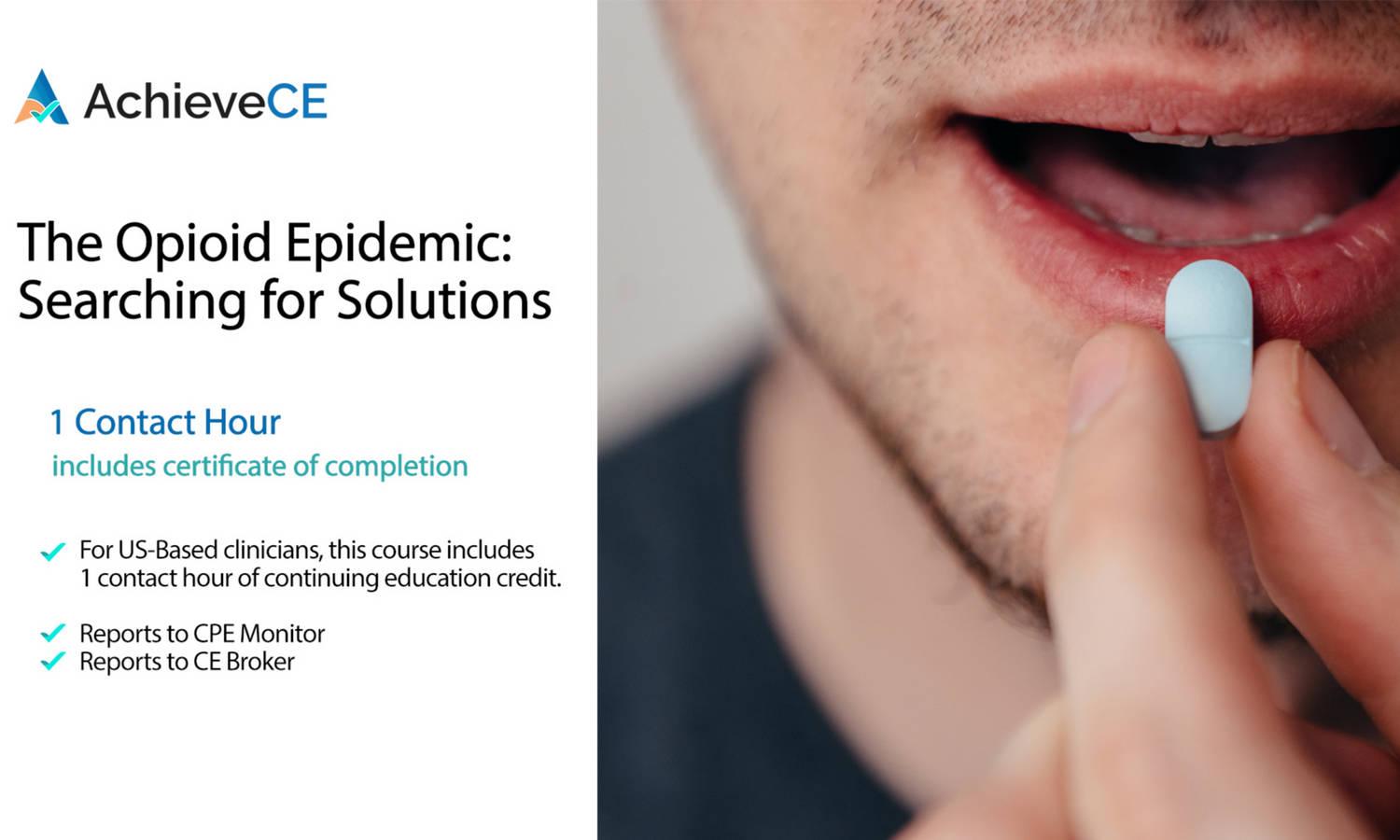
Alcohol Use Disorders in Homeless Populations
 hosted byCe-Classes.com
hosted byCe-Classes.comAlcohol Use Disorders in Homeless Populations is organized by Ce-Classes.com.
Ce-Classes.com maintains responsibility for this course. ASWB Approval Period: 1/5/2020-1/5/2026
Course Description:
This course is based upon course material developed and deployed by the National Institute on Alcohol Abuse and Alcoholism (NIAAA) which is part of the National Institutes of Health (NIH). The course material was specifically developed for the training of clinicians who work with clients who may use or abuse alcohol. The course material can be found on the NIAAAs website at the following link: http://pubs.niaaa.nih.gov/publications/Social/Module10DHomeless/Module10D.html
This course reviews the factors that are important in the homeless population and reviews the culture of homelessness in America. It provides an overview of the ways in which homelessness can exacerbate the alcohol problems and how alcohol problems can contribute to homelessness. Finally, treatment approaches that are modified to be more effective with homeless populations are reviewed.
Thirty-eight percent of homeless individuals have a mental health concern. Furthermore, the combined chances of alcohol, drug, and mental health problems anytime in a homeless persons life are estimated at thirty percent (Burt et al., 1999). Because homeless populations are often hidden from view and therefore difficult to study, research on the homeless with alcohol disorders is not as abundant as it is with many other groups. The relationship of alcohol and drug use to homelessness is interactive and iterative in that it is both a cause and an effect of homelessness (Johnson and Cnaan,1995).
The stress and danger associated with homelessness also may feed back into the cycle of relying on alcohol or other substances as a coping strategy. Homelessness may result from poorly planned discharge from residential treatment, institutionalization, hospitalization, or incarceration related to substance involvement. There is also evidence that alcohol use among the homeless may provide some secondary benefits. Traditional treatment options may not be effective with the homeless population.
Course Objectives:
This course will provide the practitioner with detailed information regarding the treatment of alcohol use disorders in homeless populations. Specifically, a professional will:
• Distinguish important factors in the lives of homelessness individuals and the culture of the homeless
• Recognize the ways in which the problems of homelessness and alcohol use disorders interact and the prevalence of these co-occurring processes
• Identify modifications of alcohol treatment approaches that enhance effectiveness with homeless populations







